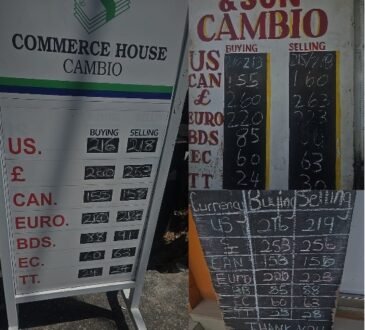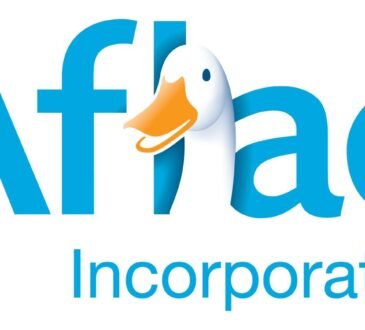For many Ethiopians looking to buy a car, the recent changes in the foreign currency exchange market will be more than just economic news; they will directly impact their wallets. As the value of the birr fluctuates against major currencies, the cost of importing vehicles is expected to surge, leading to noticeable price increases at dealerships. This situation will create a ripple effect across the automotive market, with consumers likely to feel the pinch and dealers adjusting their strategies to cope with the new reality. This article sheds light on how the recent shift to a market-based forex rate policy will reshape car prices and what it will mean for both buyers and sellers in today’s evolving landscape.
For many Ethiopians, buying a car has always been a significant financial decision. But recent shifts in Ethiopia’s foreign exchange rate policy are turning this decision into a more complex and costly affair. With the introduction of a market-based forex exchange rate, the landscape of car buying in Ethiopia is evolving rapidly, leaving consumers, dealerships, and manufacturers navigating a new terrain.
The shift from a fixed to a market-based exchange rate aims to enhance economic stability and attract foreign investment. Initially, vehicle pricing and import dynamics will be most affected, as freer access to foreign currency could improve vehicle and parts supply. However, birr fluctuations are likely to increase import costs, raising retail car prices. This may strain consumer budgets, change purchasing behaviors, and challenge dealers in managing costs and inventory, impacting their sales strategies and market dynamics.
Getahun Sitotaw, Finance and Procurement Manager at Belayab Motors, explained that previously, they had to request foreign currency from banks. Now, however, banks approach them directly. This shift is crucial for their import-reliant country.
He noted that after the transition to a market-based exchange rate, some sellers initially raised car prices due to the rise in USD. These prices later adjusted as the initial increase was found to be unwarranted.
Sitotaw pointed out that they can only acquire foreign currency through official markets, where the value of 1 USD has climbed from ETB90 to roughly ETB110. Alongside this, taxes, freight costs, and the LC rate have also seen increases. The 14% credit cap has impacted financing, and the transition to a floating exchange rate has increased operational costs. Despite these difficulties and the birr’s 100% devaluation, they do not plan to raise car prices by 100%. Instead, they will adjust prices according to current market conditions and remove previously added costs. The birr’s devaluation has diminished clients’ purchasing power, which might influence their interest in purchasing vehicles.
In addition to the limited loan availability in the country, smaller automotive dealers and importers, who may struggle with the higher costs and financial uncertainties associated with the market-based exchange rate, might face financial difficulties. This could lead to a consolidation trend, where larger companies acquire smaller ones to gain market share and stabilize their operations.
The new exchange rate system may drive innovation within the automotive sector. As businesses adjust to the changing economic landscape and ongoing major macroeconomic reforms, there could be a rise in investment in research and development. This increased focus on innovation might lead to the creation of more cost-effective solutions and new vehicle models that align with the shifting market demands.
“When assessing the implications of the recent reform, it’s important to consider various perspectives,” says Tilahun Girma, a seasoned Finance Consultant and respected commentator across multiple media outlets. He adds, “The shift to a market-based exchange rate will affect both official and parallel market importers by doubling customs duties and taxes, which will lead to higher car prices. However, this reform will allow the government to collect accurate taxes from imports, and banks will benefit from currency transactions. While the birr is expected to appreciate in the future, potentially lowering costs, predicting the timing of this is challenging. Ensuring a stable supply of foreign currency is crucial.”
Girma also notes that Ethiopia may attract foreign investors, enhance the competitiveness of local investors, and open opportunities in cryptocurrency and capital markets. Domestic car assemblers will benefit from improved access to foreign currency for importing parts and lower labor costs, which will help reduce prices and make locally assembled cars a viable option alongside overseas-assembled vehicles. This development could also pave the way for additional local car assembly plants.
However, individuals with fixed, minimum salaries may struggle to afford cars. Despite this, some private companies may adjust salaries to keep pace with inflation, which could help sustain demand for cars despite salary constraints.
“The shift to a floating currency has led primary farmers to increase the prices of their products, which is discouraging nearly all exporters. This development should be monitored to support export activities, as they are crucial for foreign currency generation and the import business,” says Sitotaw.
Ethiopia’s economic landscape is undergoing an exciting transformation, offering a glimpse into a future full of promise and potential. As the nation navigates its path through evolving market conditions, industries across the board are embracing new opportunities for growth and innovation. This period of change reflects a broader ambition to enhance competitiveness and foster resilience, not only within the automotive sector but throughout the entire economy. With increased investment in research, development, and local production, Ethiopia is positioning itself for a more dynamic and prosperous future. As the country continues to adapt and evolve, it is setting the stage for a vibrant economic environment that embraces progress and drives long-term success for all. To ensure that these benefits reach all segments of society, particularly the economically disadvantaged, targeted policies and support programs should be implemented to mitigate the impact of rising costs and enhance access to essential goods and services.





